As a developing economy, India has numerous developmental aspirations. How India meets these goals without worsening the climate crisis is at the heart of CSTEP's work. Addressing climate change and enabling a secure and sustainable future for Indian citizens require an overhaul of previous paradigms on development and resource utilisation. This is reflected in our work on developing low-carbon trajectories for development with an emphasis on nature-based solutions.
We are working with state governments across India to build capacity on risk and vulnerability assessments to inform their respective action plans on climate change. The transition from fossil fuels to renewable energy is crucial to achieving a secure and sustainable future. CSTEP's studies explore the possibility of a greater integration of renewables in the energy sector.

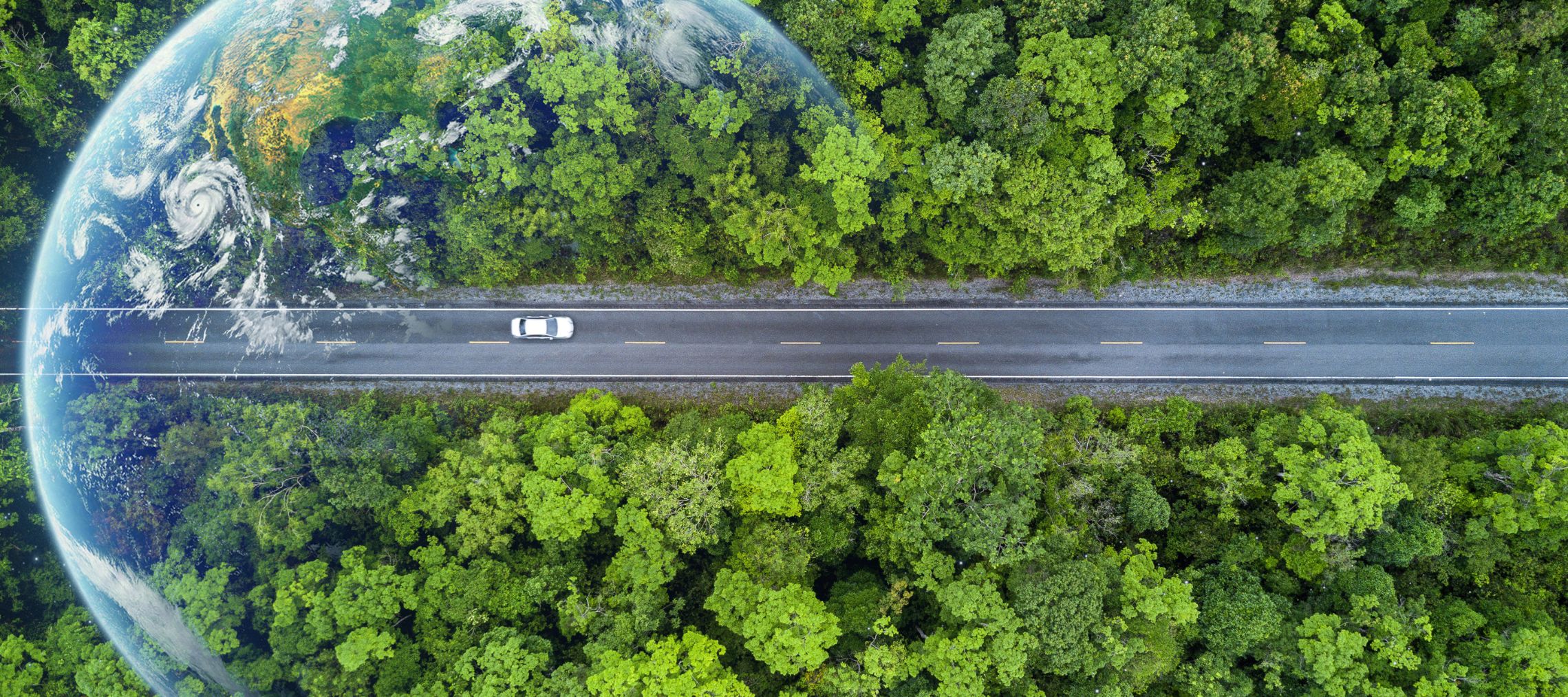
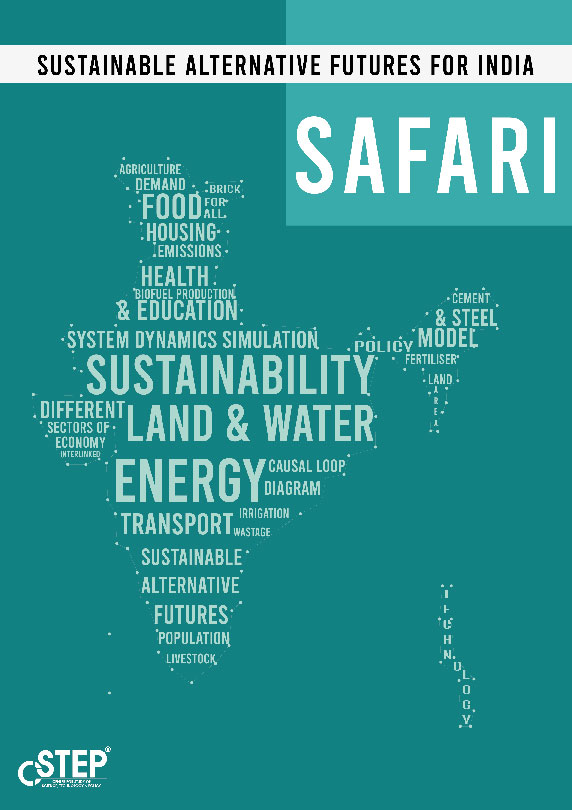
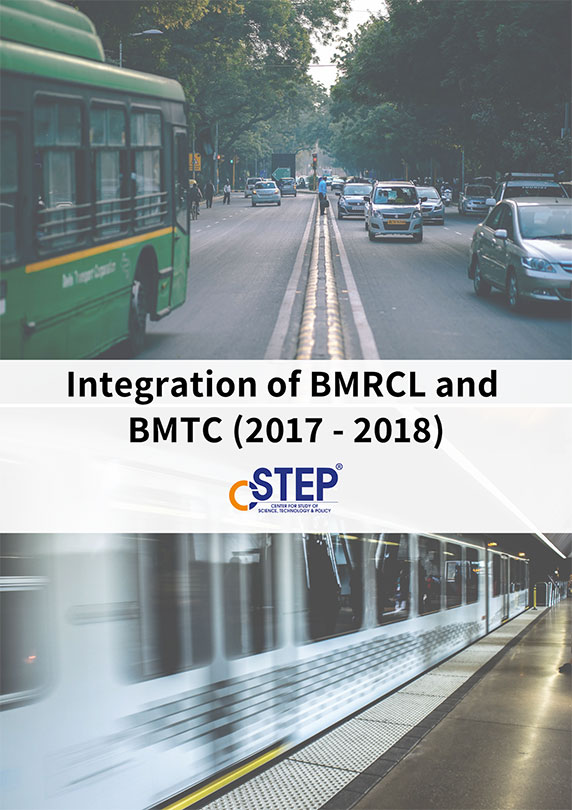
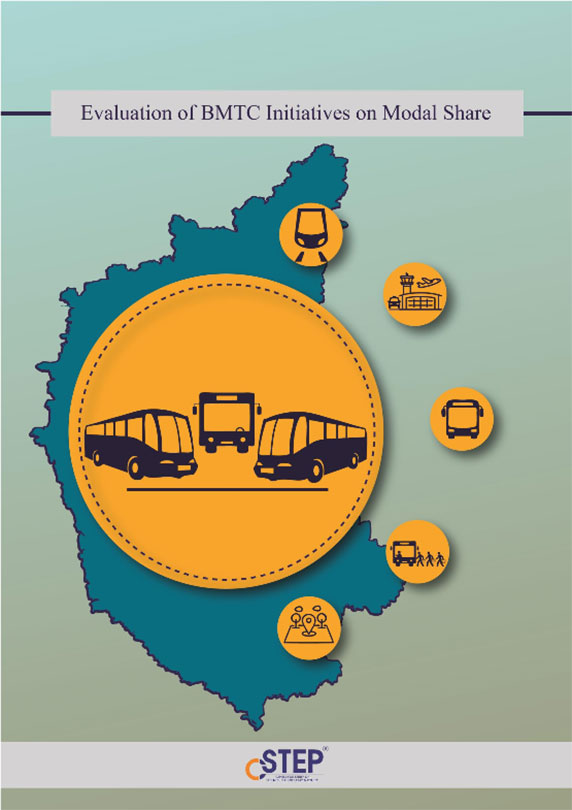
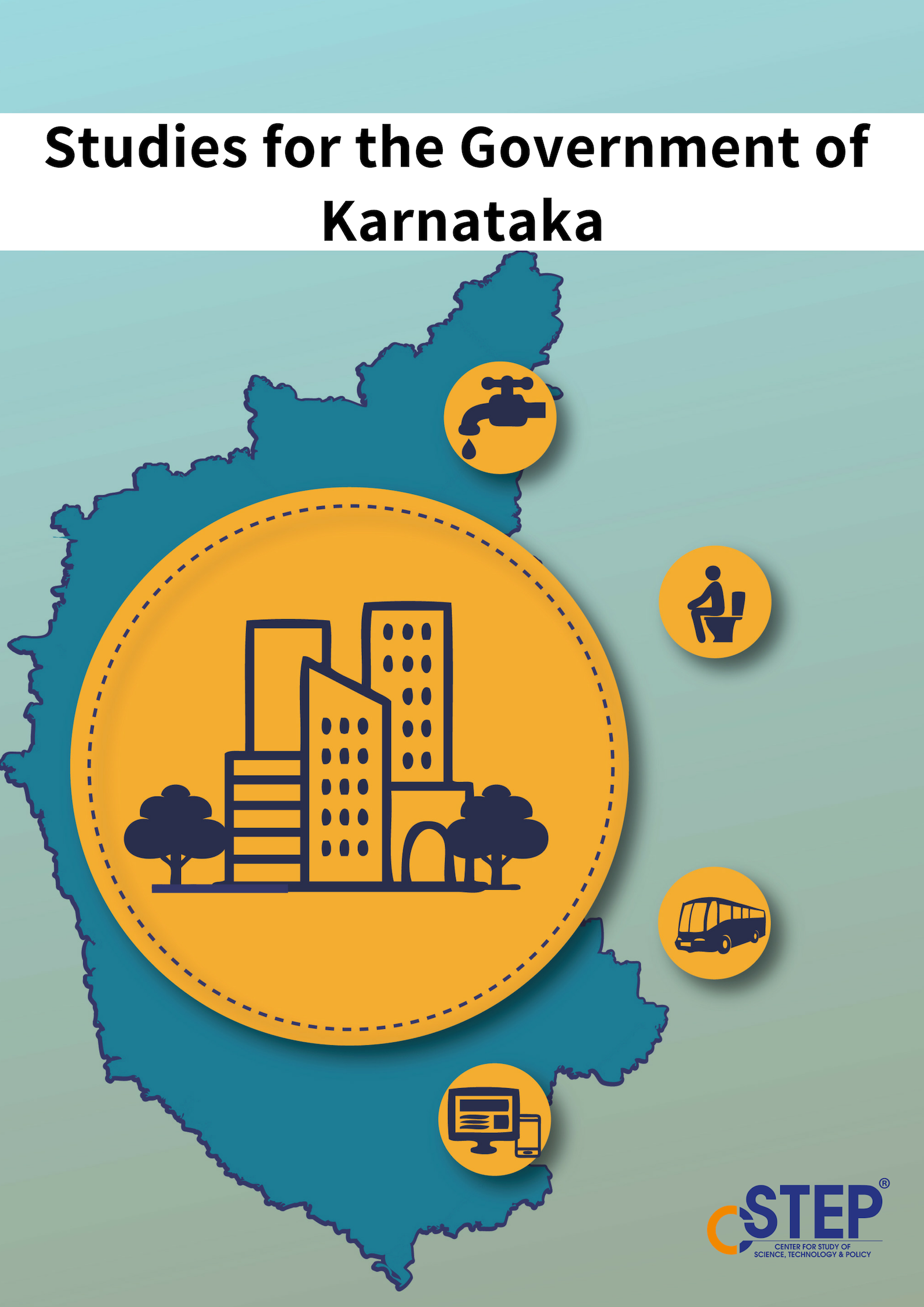

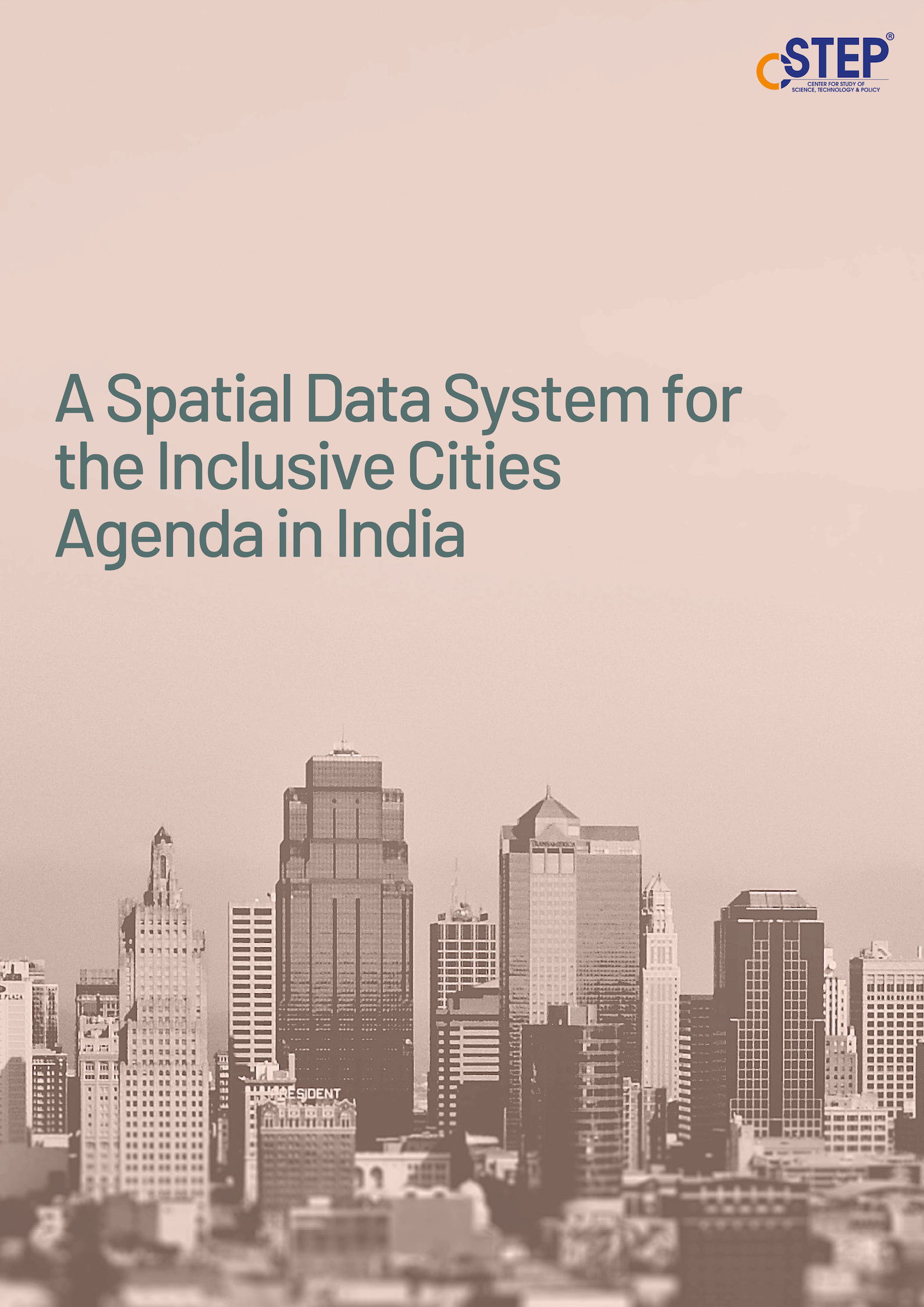
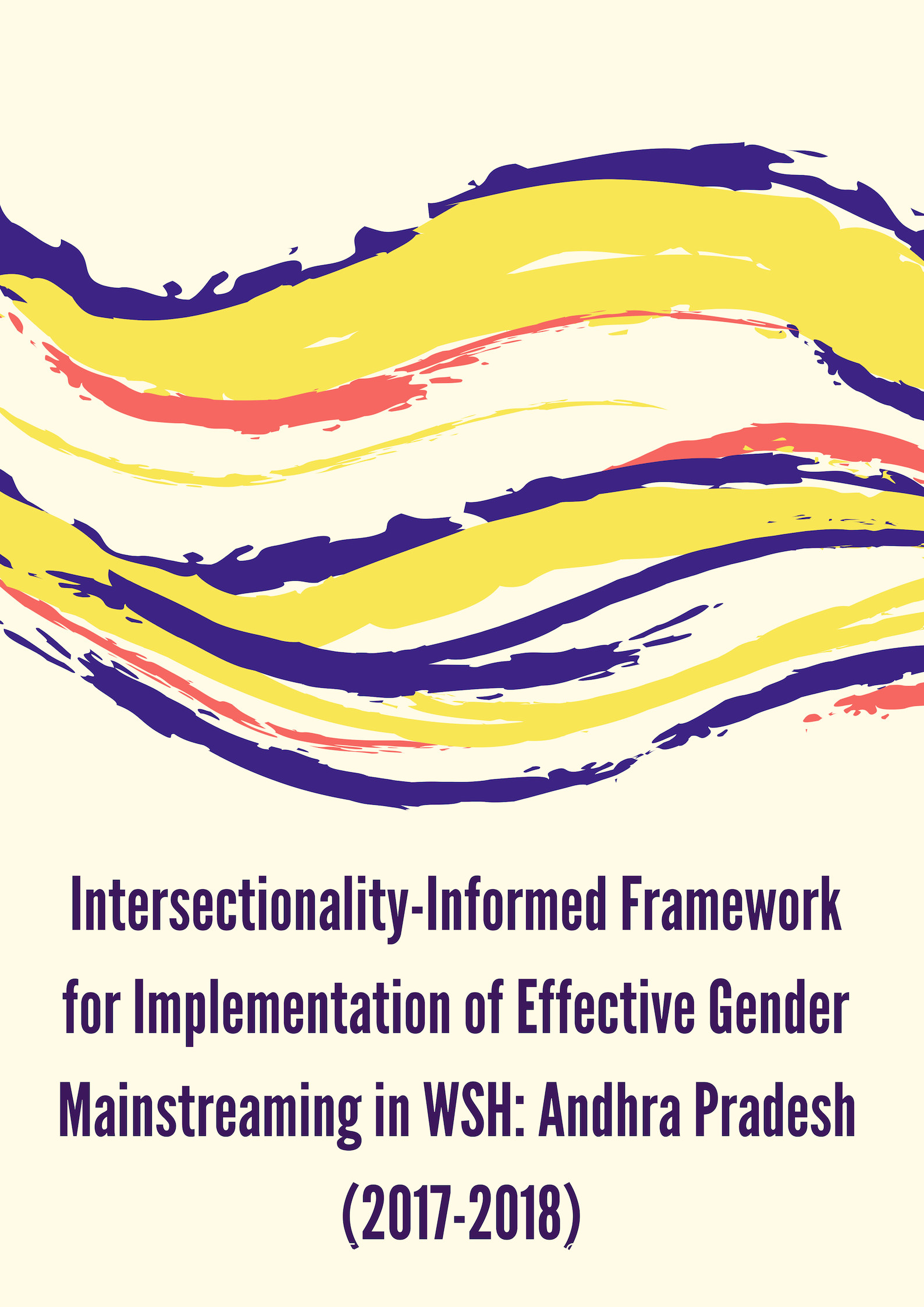
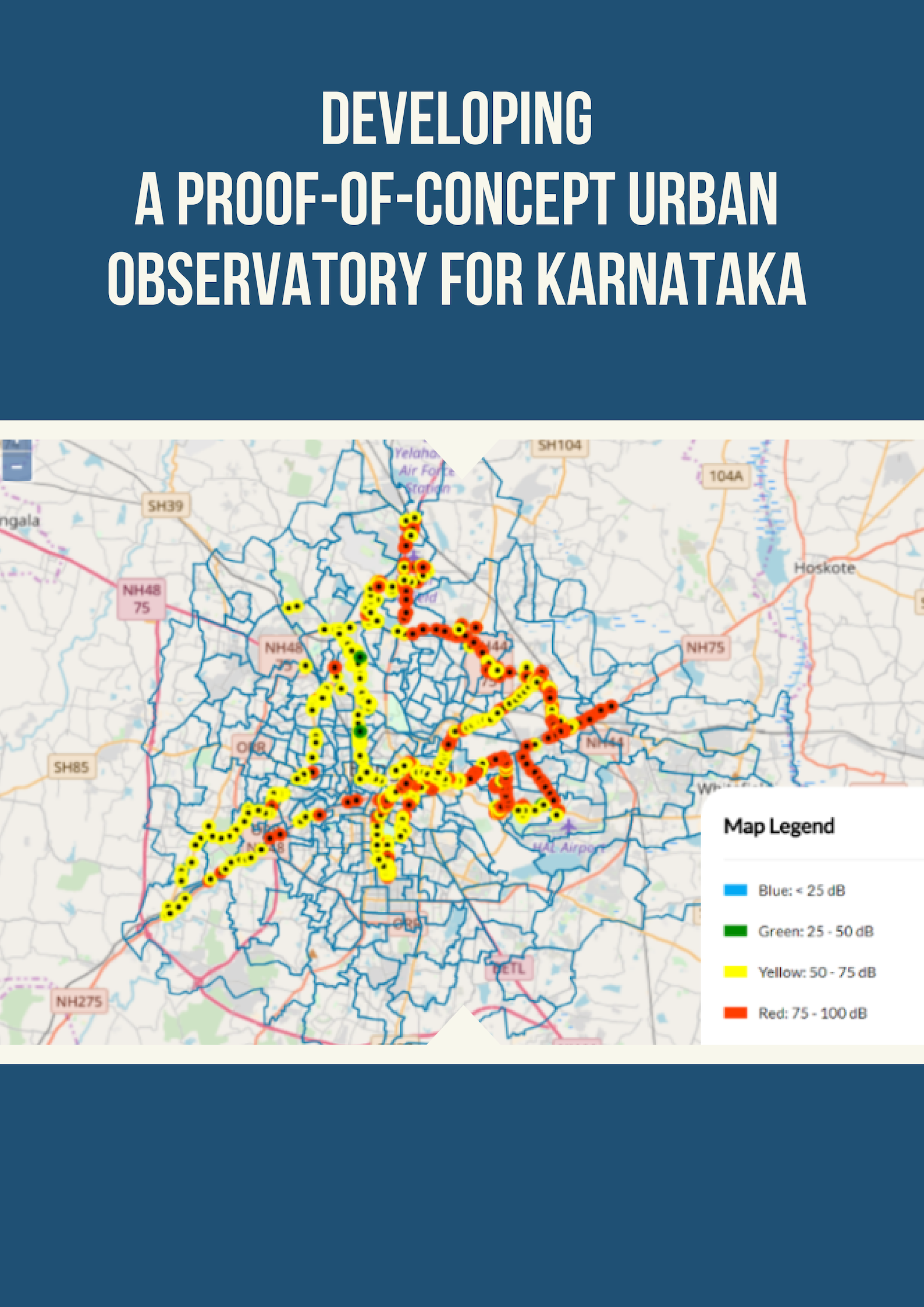
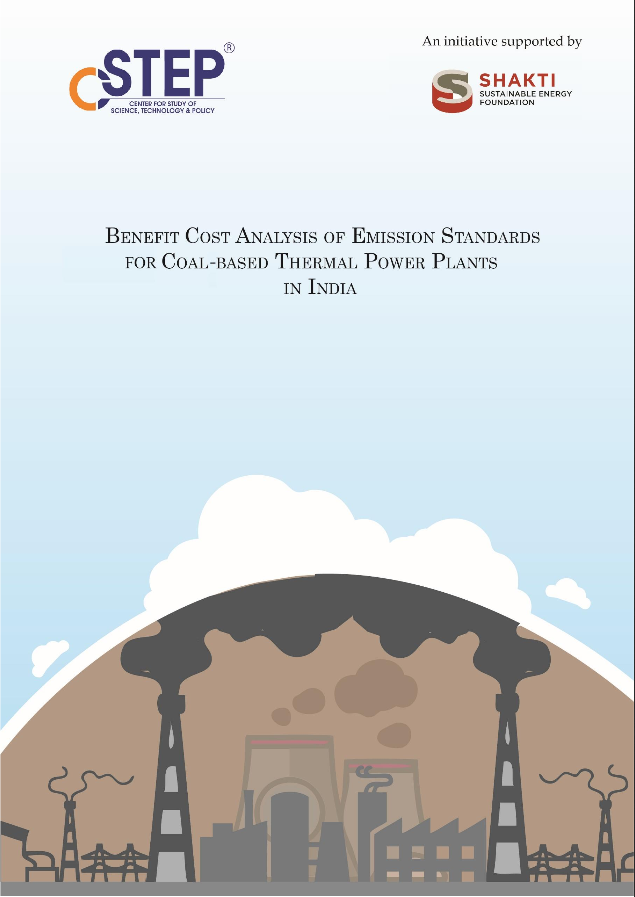


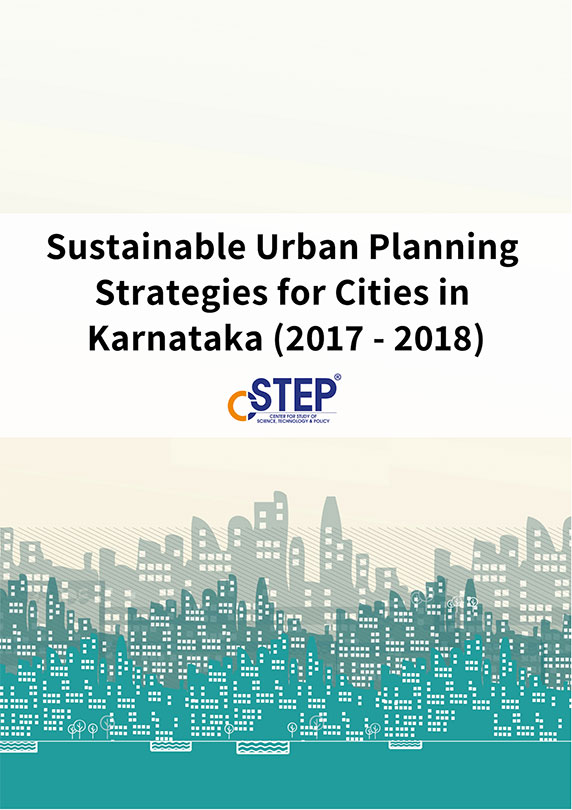



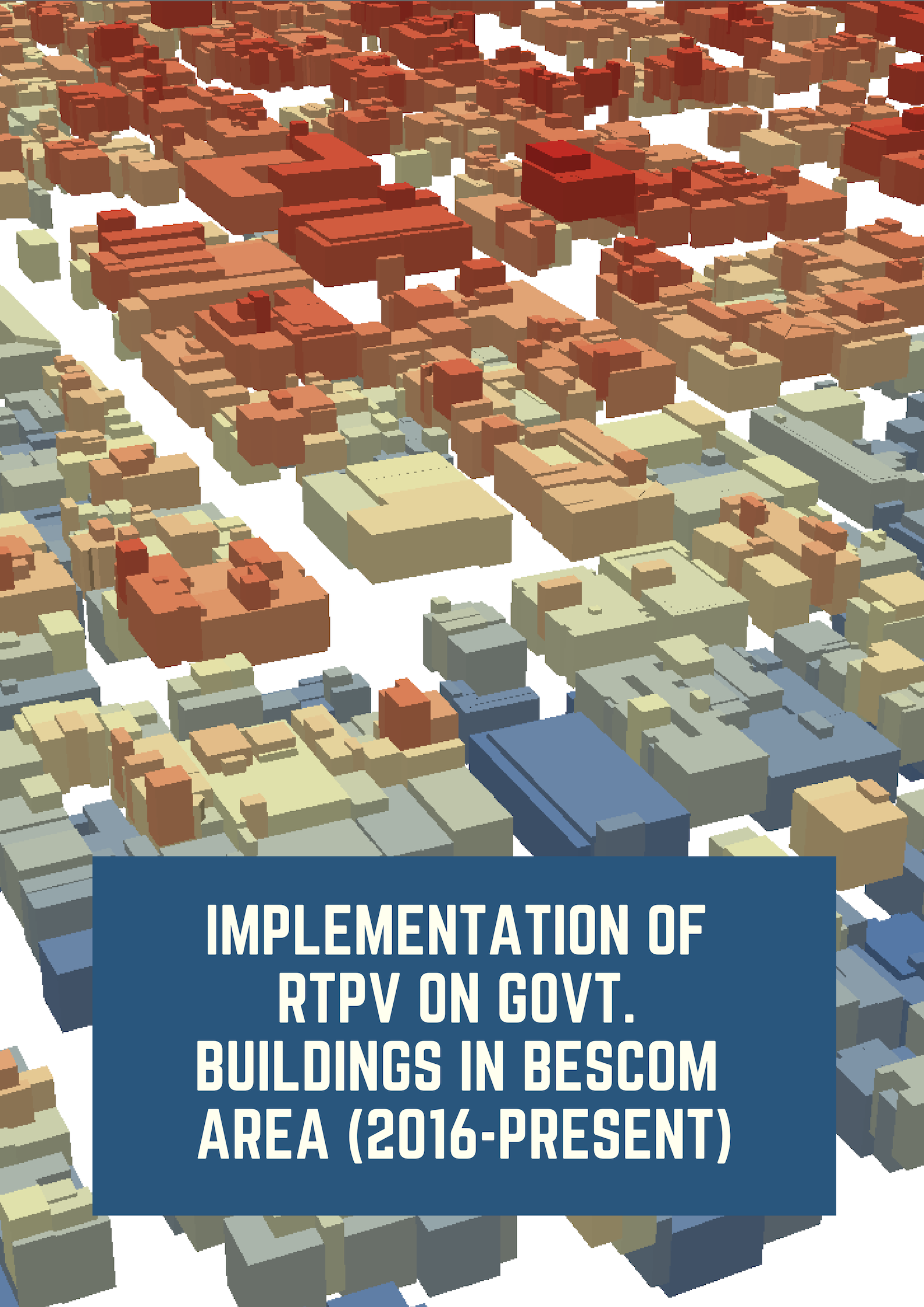
Nature-based Solutions Towards Circular Economy
The concept of 3R (Reduce, Reuse, Recycle) and circular economy is seen as enablers for improving resource efficiency, sustainable use of resources, sustainable economic growth, and social benefits. Circular economy strategies are believed to hold the key to a resource-efficient, low-carbon, and inclusive future. Essentially, these strategies aim to improve the way we meet our current needs but through the use of lesser resources (particularly natural) and by reducing the environmental impacts, including greenhouse gas (GHG) emissions.
Comprehensive Air Pollution Impact Estimation Can Help Deal with the ‘Triple Planetary Crises’
“Healthy Air, Healthy Planet” — the theme for this year’s International Day of Clean Air for Blue Skies 2021 — is upfront in acknowledging the ubiquity of air-pollution effects, calling for collective efforts to improve our air for a better tomorrow.
Clean Energy for Clean Air
Public health concerns have grown tremendously during the past two years because of the pandemic. The outbreak has led to a significant loss of lives and has serious implications for public health.
Public Charging Infrastructure In Cities – Challenges, Data Needs
The year 2019–20 saw a ~20% spike in electric vehicles (EV) sales in India, as per the Society of Manufacturers of Electric Vehicles (SMEV). Transport aggregators such as Ola and e-commerce giants such as Amazon and Flipkart are planning to ramp up the number of EVs in their fleet. This indicates the willingness of people to switch to EVs for a good cause – namely, improved air quality.
Turn Down the Heat – Coping with Energy Demand and Thermal Comfort
Thermal comfort is a fundamental need and should not be the privilege of the well-off. The recent string of heatwaves around the world, including in India, have unquestionably been intensified by climate change. Staying ‘thermally comfortable’, especially during these events, is vital for avoiding the health impacts of extreme heat.
